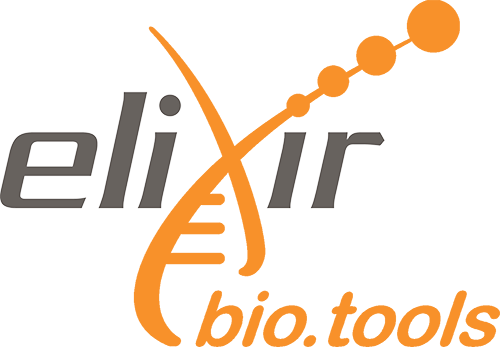e-learning
Library Generation for DIA Analysis
Abstract
The proteome refers to the entirety of proteins in a biological system (e.g cell, tissue, organism). Proteomics is the large-scale experimental analysis of proteins and proteomes, most often performed by mass spectrometry that enables great sensitivity and throughput. Especially for complex protein mixtures, bottom-up mass spectrometry is the standard approach. In bottom-up proteomics, proteins are digested with a specific protease into peptides and the measured peptides are in silico reassembled into the corresponding proteins. Inside the mass spectrometer, not only the peptides are measured (MS1 level), but the peptides are also fragmented into smaller peptides which are measured again (MS2 level). This is referred to as tandem-mass spectrometry (MS/MS). Identification of peptides is performed by peptide spectrum matching of the theoretical spectra generated from the input protein database (fasta file) with the measured MS2 spectra. Peptide quantification is most often performed by measuring the area under the curve of the MS1 level peptide peaks, but special techniques such as TMT and DIA allow to quantify peptides on MS2 level. Nowadays, bottom-up tandem-mass spectrometry approaches allow for the identification and quantification of several thousand proteins.
About This Material
This is a Hands-on Tutorial from the GTN which is usable either for individual self-study, or as a teaching material in a classroom.
Questions this will address
- How does the peptide identification work in data independent acquisition (DIA) mass spectrometry (MS) data?
- What is a spectral library and how to generate a spectral library using Maxquant, diapysef and OpenSwath tools?
Learning Objectives
- Generating a spectral library from data dependent acquisition (DDA) MS data
- Understanding DIA data principles and characteristics
- Optimizing and refining a spectral library for the analysis of DIA data
Licence: Creative Commons Attribution 4.0 International
Keywords: DIA, Proteomics
Target audience: Students
Resource type: e-learning
Version: 12
Status: Active
Prerequisites:
Introduction to Galaxy Analyses
Learning objectives:
- Generating a spectral library from data dependent acquisition (DDA) MS data
- Understanding DIA data principles and characteristics
- Optimizing and refining a spectral library for the analysis of DIA data
Date modified: 2025-06-02
Date published: 2020-12-02
Contributors: Björn Grüning, Melanie Föll, Saskia Hiltemann, Subina Mehta
Scientific topics: Proteomics
Activity log


